If you click on a link and make a purchase we may receive a small commission. Read our editorial policy.
Uncanny X-Men's Gail Simone talks Outliers, Endlings, and Southern Gothic Horror for Marvel's mutants
The second X-Men title of the From the Ashes reboot is out now, and Popverse sat down with its architect
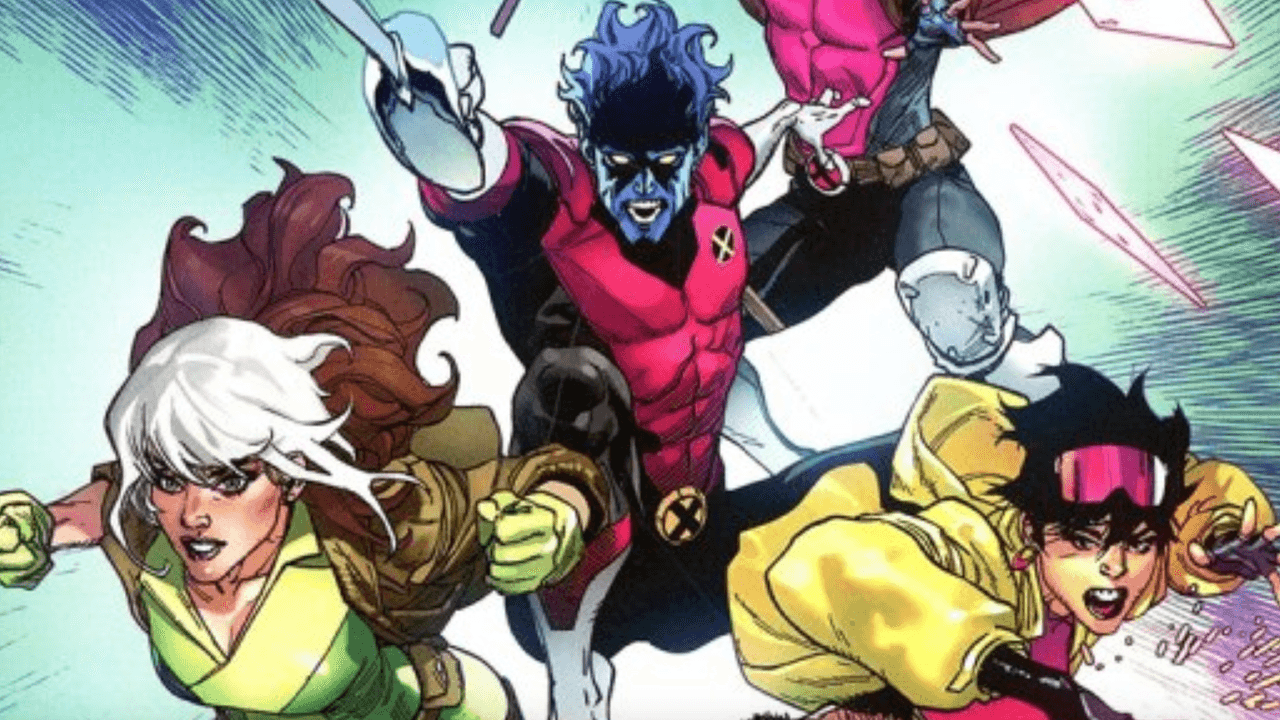
Popverse's top stories
- Oni Press and Archie Comics join forces for a star-studded launch of 3 new ongoing series, Archie, Archie in Hell, and Sabrina the Teenage Witch
- Popversations: Thomas Jane talks his comic book collection, The Expanse, and his Comixology book The Lycan
- Read the full first issue of Image Comics crime series The Voice Said Kill for free, right now
This article contains spoilers for Uncanny X-Men #1.
Marvel's X-Men relaunch is in full swing. Last month saw the debut of Jed MacKay's and Ryan Stegman's X-Men #1, and just this week, the House of Ideas released the second of three core titles in the From the Ashes relaunch: Uncanny X-Men #1. Written by comics legend Gail Simone and drawn by David Marquez, Uncanny X-Men brings together some of the most familiar Mutant characters for a very unfamiliar (and downright scary) adventure.
With the first issue out now, Popverse sat down to discuss the run with writer Simone, and we're providing that conversation to you, our loyal readers. Be warned before you continue, though - since the issue is already out, we're not holding back on spoilers for Uncanny X-Men #1.
Read on at your own risk.
Popverse: Before we even get into Uncanny X-Men #1, you contributed to the Free Comic Book Day special introducing fans to the From the Ashes relaunch, and one of the biggest things to come out of that was the mutant hand sign. Can you just tell us a little bit about how that came about, and will that be coming back in your run?
Gail Simone: It's the Midnight M, that's what we're calling, and yes, I came up with it because I feel like it's... you know that they have a symbol for domestic abuse, right? I felt like it was somewhat like that, in that you could say that you were a mutant without saying it out loud, and help someone feel safe or know that they were safe with you or that you could help them or whatever the situation is, just to know that you're part of the same family.

That speaks to a very different place that the Mutants are in in the Marvel Universe, as opposed to, say, a year ago. From your perspective, what is it like to be a Mutant in this moment in Marvel Comics?
After Krakoa falls, mutantkind is scattered all over the globe, and possibly off the globe as well, so they don't have the connection to each other that they had. They're all grieving. Rogue is the one X-Man that believes in Xavier's dream, and when she calls (because Xavier's missing) to see if someone will help her, no one picks up the phone.
So they're very scattered and kind of broken and they've got their own agendas now. They're thrown back into the world and being subjected to humankind and what goes on in our world, more so than the beautiful homeland that they had with Krakoa. They really just do not have that now, and they're struggling.
Is Rogue's idealism the reason you chose her as the narrator for this comic? And will that continue through the rest of the series?
Okay, so yes. The answer to those questions is yes. At the very beginning of putting the book together, the one request that Tom Brevoort, who's the conductor of our X-Books, had was that Rogue be in this book. I felt like she was the ground and the heart, the one to ground this book with. So we're seeing things a lot from her perspective, and also that sets the tone of the book in that she's the one that believes in the dream. Whether she will continue to or not, we don't know yet. But as of now, she does.
On the subject of the characters; Uncanny X-Men is arguably the most "classic" version of the team of the From the Ashes titles. Was there a bit og nostalgia from the 1990s going into that decision? Did things like X-Men '97 contribute to that?
I hadn't seen X-Men '97 at the time we put the team together, and I still have only seen the first two episodes. We started with Rogue, and so then naturally I wanted Gambit to be part of it, and we wanted the tone of this book to be like a Southern Gothic horror book, with some romance thrown in - some steam, if you will - with those two.
The goal in the beginning, for me, is to roll out the welcome mat for people who either have been long-term fans or if they're just dipping their toe in for the first time, that we have some recognizable characters that they can grab onto in the beginning. Then we introduce new villains, and the Outliers show up at the end of issue two. But we're introducing them so you don't have to know anything ahead of time at all. You can be a long-time reader or a brand-new reader.

Let's come back to the Outliers, because I want to talk about that. But first, this first issue is definitely flirty, like you said. But it's also very spooky.
Oh, just wait.
I'm excited. Well, what is it, in your opinion, about X-Men that goes with horror?
I think the X-Men, and the whole idea of the mutant world, suits itself to any type of story. As long as you have some human qualities that resonate with the reader, you can do pretty much anything, in my opinion, if it's done well.
But for Rogue and Gambit, Gambit takes her to the house that he felt safe in as a youth. That's outside New Orleans, on the edge of the woods there. I wanted that to be like, there's something really horrifying in those woods, we learn. And I wanted that to be this new, different, kind of unknown, scary setting for them that wasn't like the typical New York City. Just to take them on a different type of adventure and to set a different type of tone.
That's one thing I love about this relaunch of the mutant books; each book has its own tone and its own place. Because yes, everybody is scattered at this time, and it gave the opportunity to do that, and each one is just doing it so well. It's so cool.
How do you, as a writer, set the tone for horror in comics? And specifically, how do you and artist David Marquez, work together to make this scary, make it Southern Gothic?
I always write full script, so David gets that, but there's always the caveat that whatever he thinks he can do better, he can just to go for it. Because I'm not an artist and I totally trust him. He's a freaking genius at this.
For instance, I was just proofreading issue number three right before it's going to wrap, and I remembered saying in the script that this page was maybe a stack of rows, and he did something completely different and it's so effective and so cool and so emotional that I'm just blown away by it. He does this every page, practically, and that's one thing I love about him. Yes, he can draw the pretty pictures and all that, but he brings an emotional weight to this that not all artists can do.
This particular book needs it, because Tom [Brevoort]'s directive to me, other than he wanted Rogue in it, was to break people's hearts.I was like, "Okay, that's cool, but can I also have them kick ass? Can I also have them be terrified? Can I also have a blast?" So anyway, we're just doing that roller coaster and David is just amazing at it. And the new villain, or one of the new villains in this book, is just... I cannot believe what he did.
Scary-wise, you mean?
Yeah.
Is that the character that calls itself Mommy in that scene with Fawn?
Possibly. There's something really horrifying in the woods outside Haven, and I'm not sure everyone's going to come out okay.

Very cool. So Tom Brevoort said, "break people's hearts," and there is a scene in this first issue that just rips your heart out; it's that scene with the 12-year-old telepathic cancer patient.
Harvey X.
That scene was so effective. How do you, as a writer, still make death matter so much to these X-Men who have seen so much of it? Part of the Krakoa storyline was that the X-Men kind of conquered death, so how do you make those moments matter for them?
As a writer, I'm like the master manipulator for the audience, and that's really my job. I wanted to take her even lower, and I felt this was a way that it could be done. Plus, this is something that's important later in the story, and there are seeds being planted all over this first issue for what's coming. Harvey, he also believes in the X-Men, so that's a little bit of a bond that Rogue and him have immediately.
Ouch! That hurts.
It does. But you have to go there in order to write it effectively, because it's important to the story.
There is a line that just absolutely just got me this issue. Gambit and Rogue, they're at the house you mentioned earlier, and Rogue's just talking about how dark things are looking, and Gambit says to her, "Maybe we aren't responsible for every weight ever loaded on the world. Maybe we live for a time without fighting." Is that possible for these characters?
Of course it's not. Tragedy, right?
Moving away from the heaviness a little bit, in the beginning of issue one Gambit, Wolverine, and Rogue fight this dragon, Sadurang. Will we be seeing more of him?
I created that dragon in an Iron Man issue that I wrote, and Sadurang - we'll learn, if he appears again - wherever he appears he takes on the dragon form of that area. So that's why he looks like he does in this issue, because they're in Mexico. That's also very important to the story.
You've said before you always wanted to write Godzilla. Does Sadurang scratch that itch a little bit?
There's only one Godzilla. Come on.
Okay, okay, that's a big "no." So Sadurang and the heroes, they have their fight, and then he predicts something called the Endling. Without giving away any spoilers, what can you tell us about the Endling? How is it different from threats that these X-Men have faced before?
An endling, in biology, is the last existing member of a particular species. The Endling wants to be that.
Moving away from that, in some of the interviews you've already given, you've mentioned there's an 18-issue story coming to Uncanny X-Men. Is Uncanny X-Men a story with a finite end that's already built in? Or do you mean that those 18 issues are just going to be one arc?
I don't want to give away too much, but there's several stories happening in that time period.
You mentioned the Outliers earlier. What are the Outliers?
The Outliers are some young mutants that show up on the door of the Haven, and we don't know anything about them. No one's ever heard of them. We don't know if they're good or bad. Some of them might not even believe that they're mutants at all. We've got our classic team, as you put it, and they throw everything into chaos. Rogue decides she's going to take Xavier's position and have a danger room out in the woods. That's really pretty cool.

The Outliers appear with a horse. Is the horse a mutant?
I cannot say.
Any chance we could get the Outliers' names, or is that too much?
I think that's too much. I have talked about Jitter, and her mutant power is that even though she has difficulty concentrating and prioritizing things, that she can take one power - one set of skills, not power - set of skills, like beiing the top martial artist in the world, or the best lockpicker that there ever was, for one minute. And she has a timer that she sets, and she can do that thing for one minute and then it's gone. She's from Singapore and she has a bit of a stutter. She's very cool. And these new Outliers, we've designed them to represent invisible disabilities in that when you look at them, you cannot tell that they're mutants. Which is another point where the Midnight M may come in handy.
When you're creating a new X-Men character, are you ever thinking, "Could this be the next Kitty Pryde?" Because all these characters, they're introduced and then they catch on, fans like them, and 20 or 30 years later, they're in movies and they're action figures. Is that ever on your mind?
You kind of hope that. You hope people will like them and be interested in them, that's the thing. That's the first step. It's kind of fun to think about if you're at a convention and maybe somebody's cosplaying the character you created and those kinds of things.
But the purpose of doing that is to fill in holes that are there already. We don't have mutants with these kind of powers yet. They don't exist until now. So that's the first goal. And these new Outliers have modern problems.
All right, last question for you - it's revealed as the X-Men are fighting Sadurang that he has one of the Eyes of Agamotto, of Dr. Strange fame. Gambit swipes it before the fight is over, and I was wondering: Is he going to have that for the rest of your run?
[Simone pointedly does not say anything]
What did you say?
I just didn't say anything!
Join Popverse in our own little X-Mansion as we cover just about everything you need to know about the X-Men. Learn how Marvel's mighty mutants are classified by power, or why the Krakoan Age of comics is coming to an end. And once you're done with those, keep up with the characters' big screen outings via Popverse's X-men movie watch order.
Follow Popverse for upcoming event coverage and news
Find out how we conduct our review by reading our review policy
Let Popverse be your tour guide through the wilderness of pop culture
Sign in and let us help you find your new favorite thing.
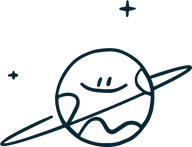

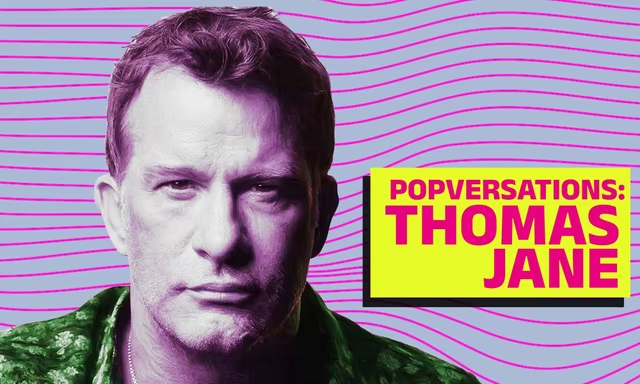

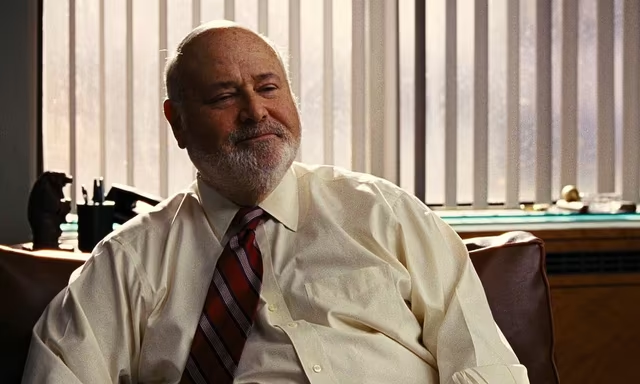
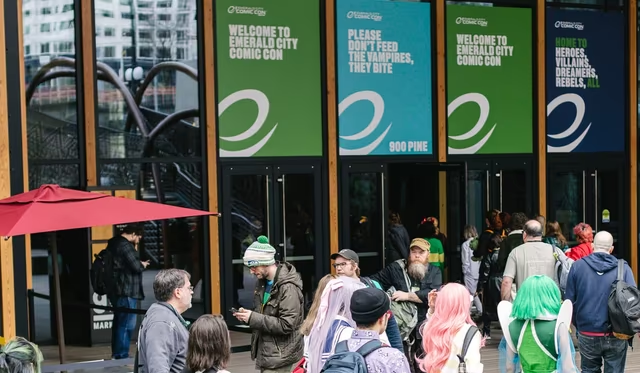

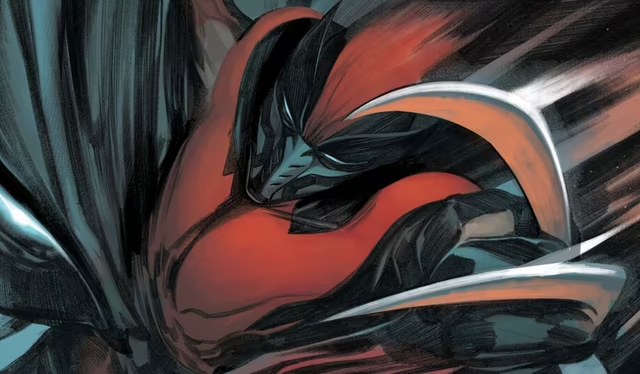
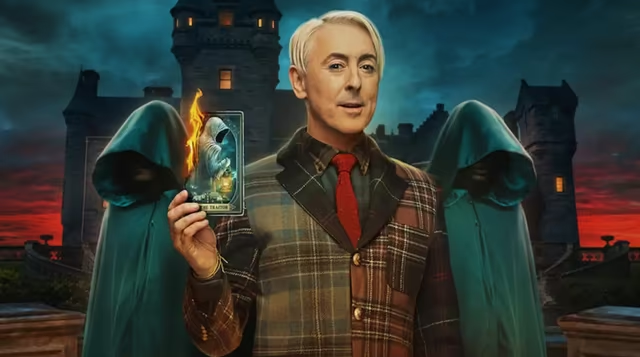

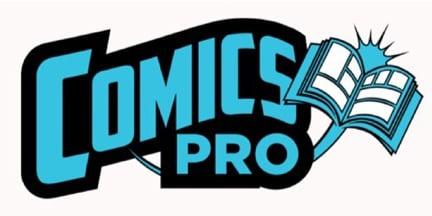





Comments
Want to join the discussion? Please activate your account first.
Visit Reedpop ID if you need to resend the confirmation email.